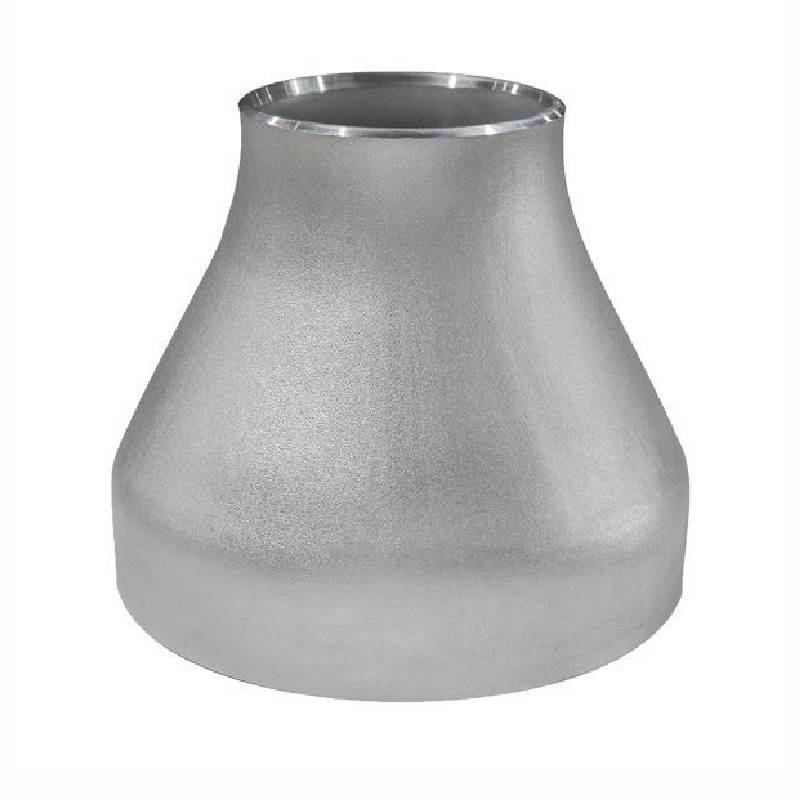-
Cangzhou Yulong Steel Co., Ltd.
-
Phone:
+86 13303177267 -
Email:
admin@ylsteelfittings.com
- English
- Arabic
- Italian
- Spanish
- Portuguese
- German
- kazakh
- Persian
- Greek
- French
- Russian
- Polish
- Thai
- Indonesian
- Vietnamese
- Zulu
- Korean
- Uzbek
- Hindi
- Serbian
- Malay
- Ukrainian
- Gujarati
- Haitian Creole
- hausa
- hawaiian
- Hebrew
- Miao
- Hungarian
- Icelandic
- igbo
- irish
- Japanese
- Javanese
- Kannada
- Khmer
- Rwandese
- Afrikaans
- Albanian
- Amharic
- Armenian
- Azerbaijani
- Basque
- Belarusian
- Bengali
- Bosnian
- Bulgarian
- Catalan
- Cebuano
- China
- China (Taiwan)
- Corsican
- Croatian
- Czech
- Danish
- Esperanto
- Estonian
- Finnish
- Frisian
- Galician
- Georgian
- Kurdish
- Kyrgyz
- Lao
- Latin
- Latvian
- Lithuanian
- Luxembourgish
- Macedonian
- Malgashi
- Malayalam
- Maltese
- Maori
- Marathi
- Mongolian
- Myanmar
- Nepali
- Norwegian
- Norwegian
- Occitan
- Pashto
- Dutch
- Punjabi
- Romanian
- Samoan
- Scottish Gaelic
- Sesotho
- Shona
- Sindhi
- Sinhala
- Slovak
- Slovenian
- Somali
- Sundanese
- Swahili
- Swedish
- Tagalog
- Tajik
- Tamil
- Tatar
- Telugu
- Turkish
- Turkmen
- Urdu
- Uighur
- Welsh
- Bantu
- Yiddish
- Yoruba

des . 09, 2024 22:33 Back to list
Effective Methods for Capping Water Pipes in Home Plumbing Projects
How to Cap Water Pipes A Comprehensive Guide
Capping water pipes is an essential skill for homeowners and DIY enthusiasts alike. Whether you're renovating your home, fixing a leak, or simply removing an old fixture, knowing how to properly cap your water pipes can save you time, money, and frustration. In this article, we’ll go over the materials needed, safety precautions, a step-by-step guide on how to cap water pipes, and some troubleshooting tips.
Materials Needed
Before you begin, gather the following materials
1. Pipe Cap Choose a cap that matches the diameter and type of your pipe (PVC, copper, PEX, etc.). 2. Pipe Wrench or Adjustable Wrench For tightening and loosening fittings. 3. Pipe Cutter If you need to cut the pipe. 4. Plumber’s Tape For sealing threaded connections to prevent leaks. 5. Cleaner and Primer For PVC pipes, ensure you have the appropriate cleaner and primer. 6. Safety Gear Wear safety goggles and gloves to protect yourself during the process.
Safety Precautions
1. Turn Off the Water Supply Before starting any plumbing work, ensure that the water supply to the affected area is turned off. You can usually find the shut-off valve near the water meter. 2. Drain the Pipes Open the taps to let any remaining water drain out and relieve pressure in the pipes. 3. Wear Protective Gear Safety goggles and gloves protect against sharp edges and accidental spills.
Step-by-Step Guide
Step 1 Identify the Pipe Type
Knowing your pipe type is crucial, as the method to cap it may vary
. Common types include- Copper Requires soldering techniques. - PVC Requires gluing. - PEX Typically involves crimping or using push-fit connectors.
Step 2 Prepare the Pipe
how to cap water pipes

If you're capping an existing pipe, use a pipe cutter to cut it squarely to ensure a tight seal. For copper or PVC pipes, clean the ends thoroughly. For PVC, apply cleaner to the pipe end and the inside of the cap, followed by primer.
Step 3 Applying the Cap
- For PVC Pipes Apply a liberal amount of PVC cement to the pipe end and the inside of the cap. Push the cap onto the pipe and give it a twist to ensure an even seal. Hold it in place for about 30 seconds to allow the cement to set. - For Copper Pipes Slide a copper cap onto the pipe. Use a flame torch to heat the joint evenly. Melt solder into the joint until it flows around the seams, ensuring a watertight seal. Allow it to cool completely.
- For PEX Pipes Insert the end of the PEX pipe into a crimp ring and slide a cap fitting onto the pipe. Use a crimping tool to attach the ring securely.
Step 4 Test for Leaks
Once the cap is in place, turn the water supply back on slowly. Check for any signs of leakage around the capped area. If you notice any leaks, you may need to redo the capping process, ensuring a tighter seal.
Troubleshooting Common Issues
1. Leaks If a leak occurs, ensure that you have applied enough sealant or solder. For threaded caps, check if you used plumber's tape adequately. 2. Cap Won't Stay On Make sure you are using the correct size cap for your pipe. For PVC, ensure the surface is clean and the cement is fresh. For copper, verify that sufficient heat was applied during soldering.
3. Incorrect Materials Used Always double-check the type of pipe and corresponding cap before starting your project. Using incompatible materials can lead to severe plumbing issues.
Conclusion
Capping water pipes is a straightforward but crucial home repair task. By taking the necessary precautions and following the proper steps, you can ensure that your DIY plumbing project goes smoothly. Whether you're preparing for a renovation or simply addressing a leak, the ability to cap water pipes is an invaluable skill that every homeowner should have in their toolkit. Remember, when in doubt, don't hesitate to call a professional plumber!
Latest news
-
ANSI 150P SS304 SO FLANGE
NewsFeb.14,2025
-
ASTM A333GR6 STEEL PIPE
NewsJan.20,2025
-
ANSI B16.5 WELDING NECK FLANGE
NewsJan.15,2026
-
ANSI B16.5 SLIP-ON FLANGE
NewsApr.19,2024
-
SABS 1123 FLANGE
NewsJan.15,2025
-
DIN86044 PLATE FLANGE
NewsApr.19,2024
-
DIN2527 BLIND FLANGE
NewsApr.12,2024
-
JIS B2311 Butt-Welding Fittings LR/SR 45°/90° /180°Seamless/Weld
NewsApr.23,2024











